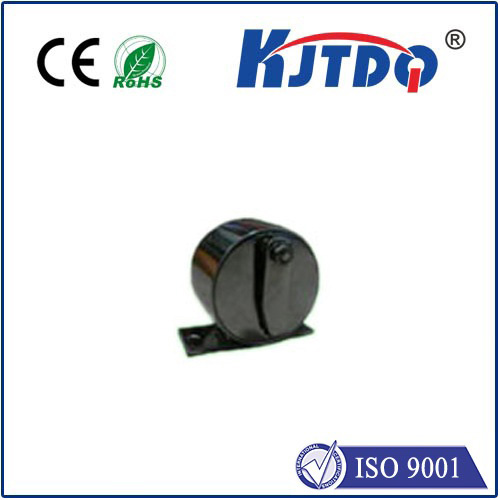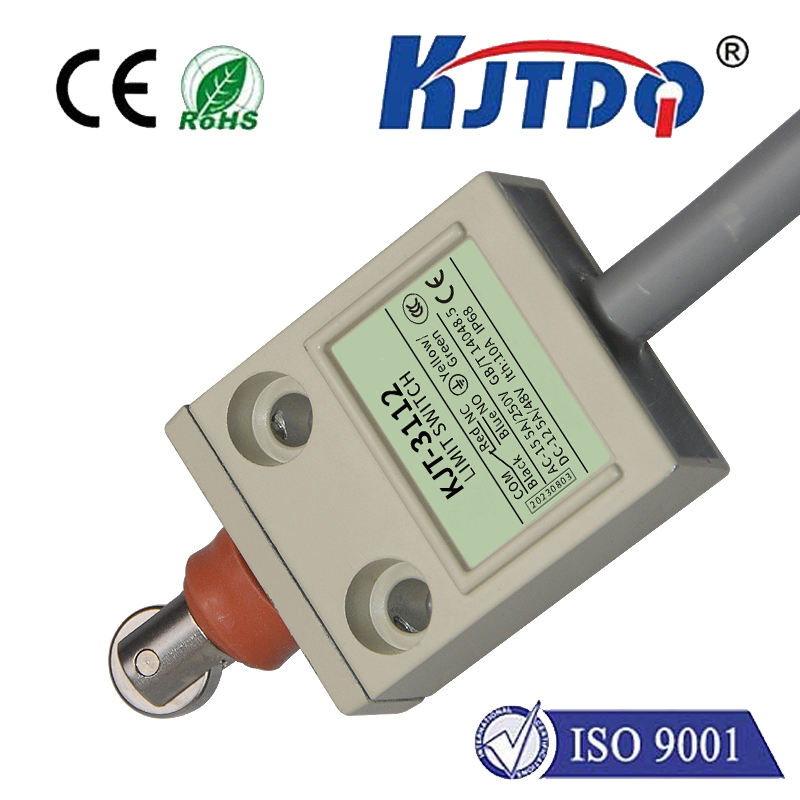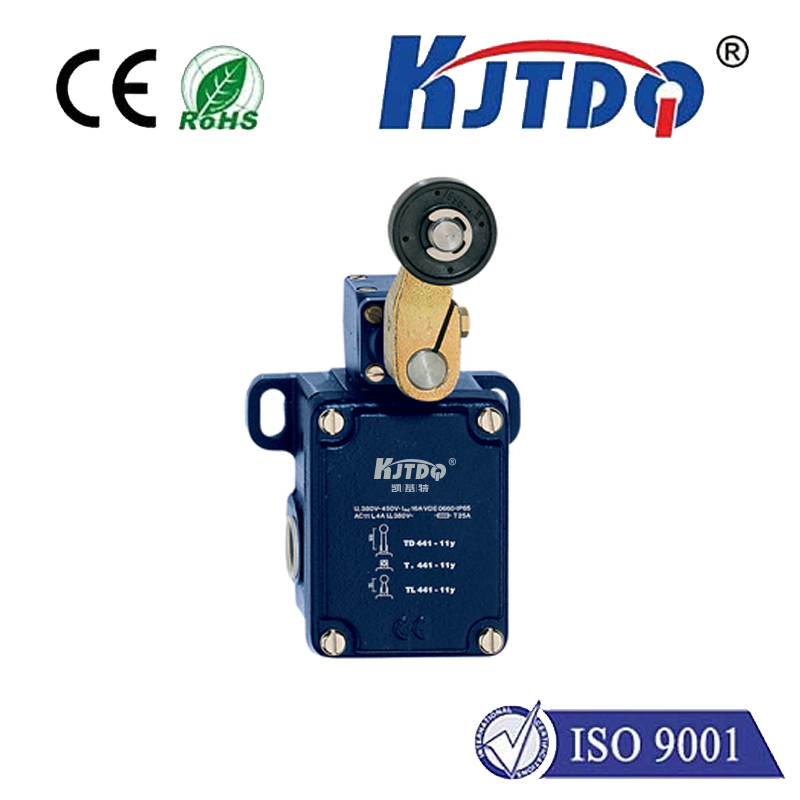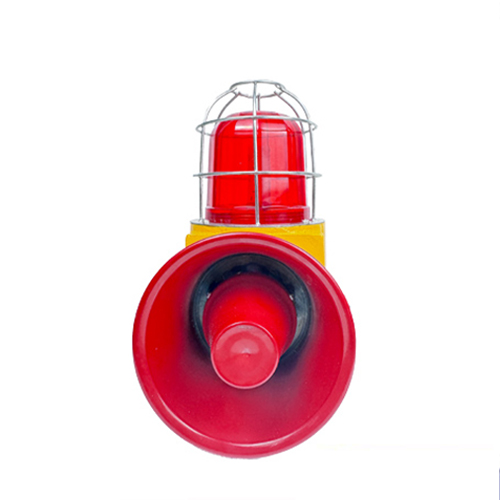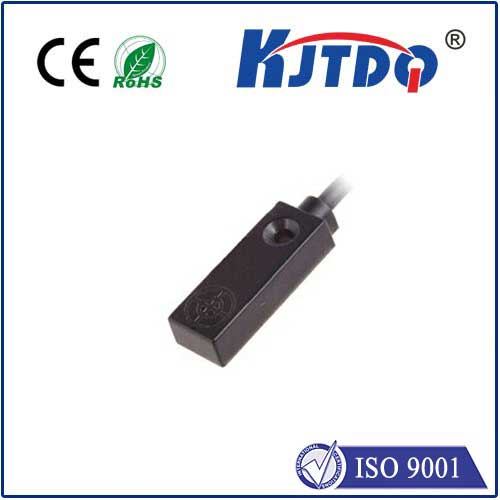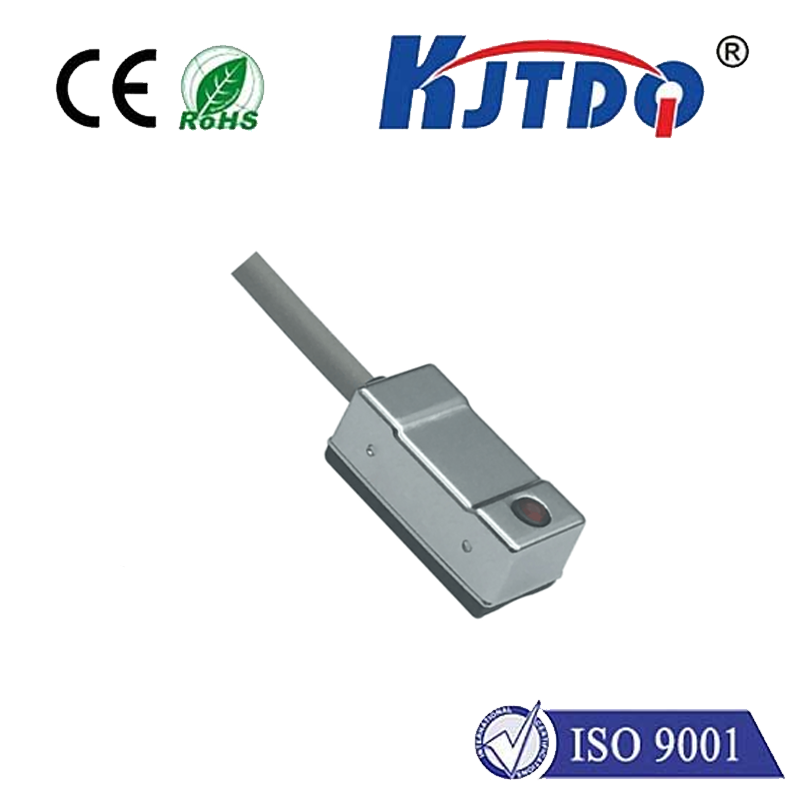proximity sensor lj18a3-8-z/bx
- time:2025-09-07 00:11:52
- Click:0
LJ18A3-8-Z/BX Inductive Proximity Sensor: Your Reliable Metal Detection Workhorse
Imagine a production line humming along flawlessly, robotic arms moving with precision, and packages zipping down conveyors without missing a beat. Behind this seamless operation often lies a silent, unsung hero: the dependable proximity sensor. And among these crucial components, the LJ18A3-8-Z/BX stands out as a particularly reliable and widely adopted solution for countless industrial automation challenges. Specifically designed for robust non-contact metal detection, this sensor brings efficiency and durability to demanding environments.
Understanding the Inductive Proximity Sensor
At its core, the LJ18A3-8-Z/BX is an inductive proximity sensor. This technology relies on generating an electromagnetic field from an oscillator coil located within the sensor’s head. When a metallic target (ferrous metals like iron or steel are most effective, though non-ferrous metals like aluminum or copper will also trigger it, often at a reduced sensing distance) enters this field, it induces eddy currents on the target’s surface. These currents absorb energy from the oscillator, causing its amplitude to decrease. Sophisticated circuitry within the LJ18A3-8-Z/BX detects this change in oscillation and triggers a solid-state switching output – signaling the presence of the target without any physical contact. This fundamental principle makes it ideal for applications where wear-and-tear from mechanical contact is unacceptable, or where sensing dirty or oily objects is necessary.
Decoding the LJ18A3-8-Z/BX Model Number

The model number itself provides key information about the sensor’s specifications:
- LJ18: Indicates the series and the cylindrical housing diameter, which is 18mm (a very common and versatile size, often referred to as M18). This size offers a good balance between sensing range, physical robustness, and ease of mounting.
- A3: Typically refers to the specific internal design or generation within the manufacturer’s LJ18 series lineup. Variations exist, but the core sensing principle remains consistent.
- -8: Crucially, this denotes the nominal sensing distance (Sn). For the LJ18A3-8-Z/BX, this is 8mm. This is the guaranteed operating distance under standard conditions (a mild steel target).
- -Z: Often signifies a DC 3-wire configuration (the most common type).
- /BX: Commonly specifies the output type and polarity. While manufacturer specifics can vary slightly, “BX” typically denotes an NPN normally open (NO) output transistor. Always confirm the exact wiring diagram in the datasheet for your specific unit. NPN outputs switch the load to the negative (0V) supply rail.
Key Features and Specifications (Typical)
The LJ18A3-8-Z/BX packs essential features designed for industrial resilience:
- Operating Principle: Inductive (detects metallic objects).
- Sensing Distance: 8mm nominal (rated operating distance). Actual real-world range may be slightly less or more depending on target material and environmental factors.
- Housing: Stainless steel (often 303 or 304 grade), offering excellent resistance to corrosion, impacts, and chemicals. This makes it suitable for harsh industrial environments.
- Output Configuration: 3-Wire DC, NPN Normally Open (NO) (Confirm specific model variant). Provides a clean, solid-state switching signal compatible with most PLCs and controllers.
- Supply Voltage: Typically operates within a wide range of DC voltages, commonly 10-30V DC. This flexibility is vital for integration into diverse systems.
- Current Rating: Standard output current ratings are often around 200mA. Ensure this meets the load requirements of your connected device.
- Protection Rating: Frequently features a high IP67 or IP68 rating. This signifies exceptional resistance to dust ingress (dust-tight) and protection against temporary or prolonged immersion in water, ensuring reliable operation in washdown areas or outdoors.
- Temperature Range: Designed to function effectively over a broad operational temperature range, often -25°C to +70°C or wider. Verify the specific datasheet for your model.
- Short-Circuit & Reverse Polarity Protection: Built-in protection circuits are standard, safeguarding the sensor from accidental wiring mistakes and overloads, enhancing long-term reliability.
- Indicator LED: Usually incorporates a status LED providing visual confirmation of output switching and power status, simplifying setup and troubleshooting.
Where the LJ18A3-8-Z/BX Shines: Applications Galore
The inherent robustness, solid-state reliability, and non-contact sensing nature of the LJ18A3-8-Z/BX make it indispensable across numerous sectors:
- Machine Tooling: Sensing spindle position, tool presence in magazines, workpiece clamping confirmation, and end-of-travel limits.
- Material Handling & Conveyor Systems: Detecting package presence, counting items, pallet positioning, verifying hopper/chute levels, and triggering diverters or stops. Its resilience is key near moving machinery.
- Packaging Machinery: Confirming carton flap closure, detecting trays, verifying cap placement, and monitoring film feed.
- Automotive Manufacturing: Position sensing of robotic arms, verifying part seating in fixtures, detecting clamps, and monitoring engine block positioning on assembly lines.
- Process Control: Monitoring valve positions (open/closed), detecting piston rod ends in cylinders, providing feedback for actuator movement.
- General Factory Automation: Virtually anywhere reliable detection of metal parts or machine components is needed – presence/absence sensing, position verification, simple counting, and limit switches.
Installation and Usage Best Practices
Maximizing the performance and lifespan of your LJ18A3-8-Z/BX sensors involves following some key guidelines:
- Mounting: Ensure the sensor is securely mounted using its standard M18 threads. Proper mounting prevents vibration-induced failures or misalignment. Utilize lock nuts for stability.
- Sensing Face Clearance: Maintain adequate clearance around the active sensing face. Metal objects near the sides can potentially reduce the effective sensing distance or cause false triggering.
- Target Material & Size: Remember that the 8mm sensing distance is rated for mild steel. Non-ferrous metals (like aluminum, brass, copper) typically require the target to be closer to the sensor face for reliable detection. The target should generally be larger than the sensor face diameter for optimal performance.
- Target Approach: For best results, the target should approach the sensor perpendicularly to its sensing face. Parallel approaches can significantly reduce the effective sensing range.
- Wiring: Meticulously follow the wiring diagram specific to the LJ18A3-8-Z/BX variant you have (confirming NPN NO). Use shielded cable in environments with significant electrical noise and ground the shield appropriately at the controller end. Ensure proper connection of Brown (V+), Blue (0V), and Black (Output) wires.
- Environmental Factors: While inherently robust, be mindful of extreme conditions close to its specified limits. Avoid mounting sensors directly next to strong electromagnetic fields or heat sources like large motors or furnaces beyond its rating.
The Value Proposition: Why Choose the LJ18A3-8-Z/BX?
The enduring popularity of sensors like the LJ18A3-8-Z/BX stems from a compelling set of advantages:
- Robustness & Durability: The stainless steel housing and high IP rating ensure survival in demanding industrial settings where dust, moisture, oils, coolants, and physical impacts are common.
- **Non-Contact Operation






